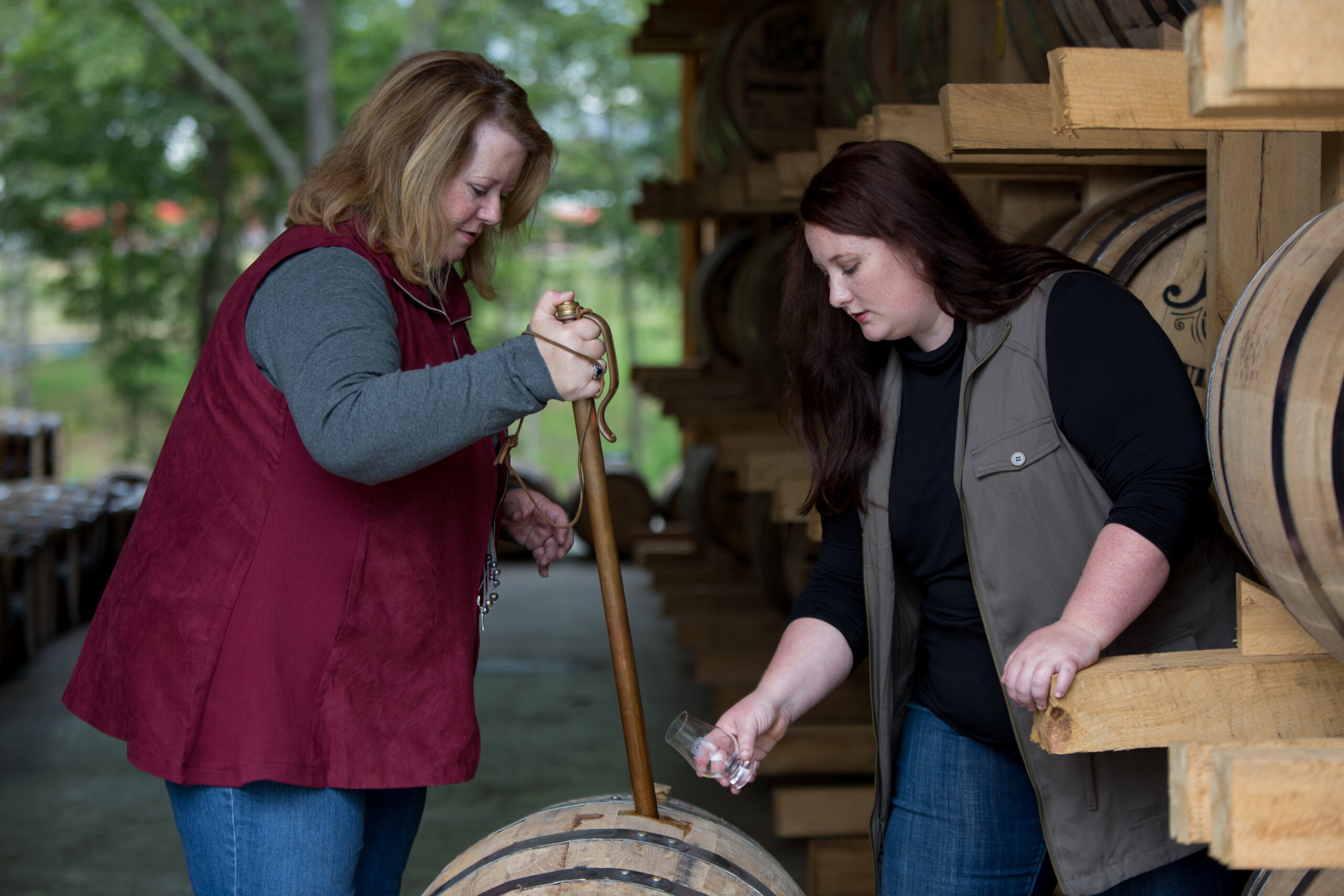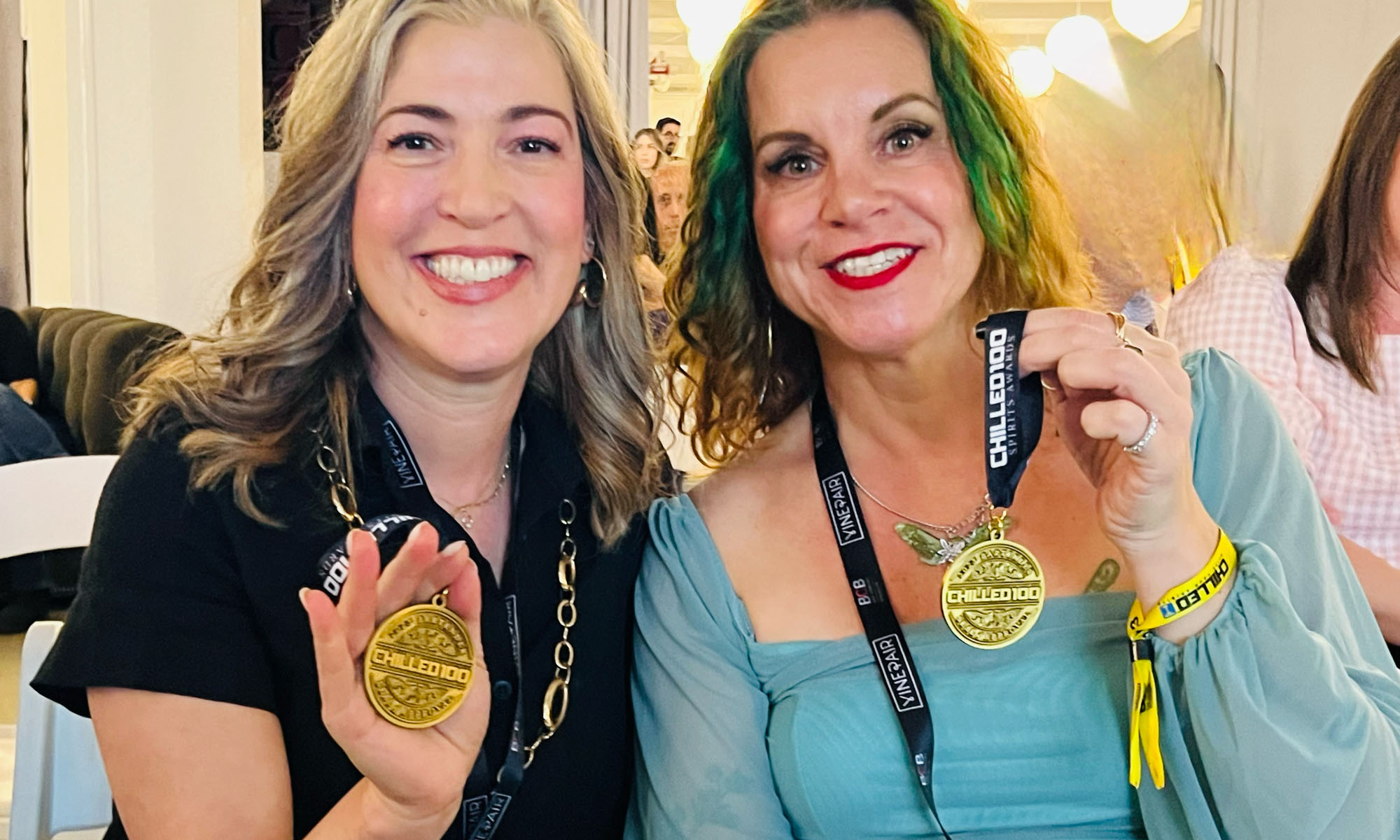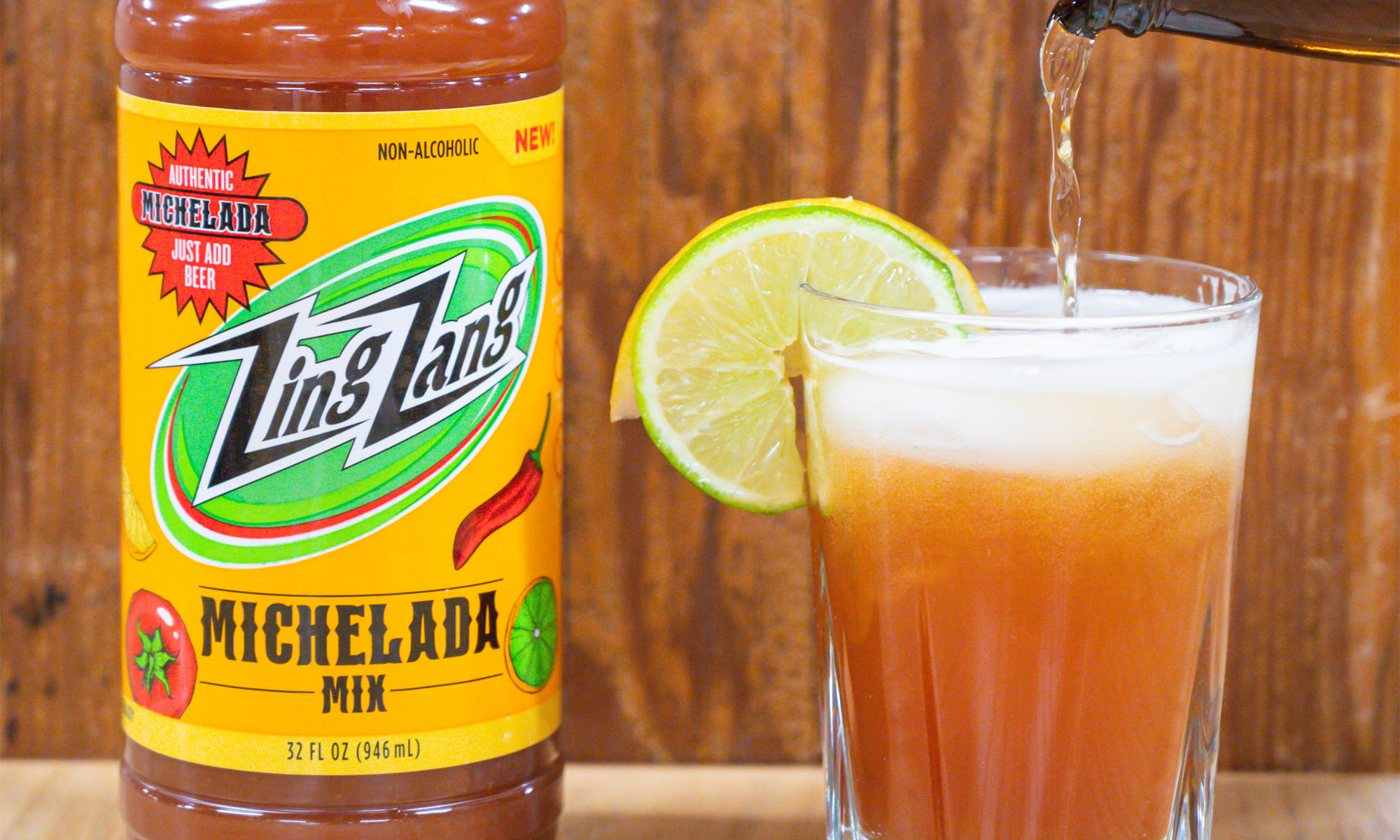Inside Manska’s Mind: Truth or Myth—Salty Aromas of Seaside Distilled Scotch
By George Manska
We go inside the mind of George F. Manska to answer the question—Truth or Myth? Salty Aromas of Seaside Distilled Scotch.
Good bartenders read constantly to discover new information on spirits. Scientists have kept quiet while acclaimed scotch critics, authors, evaluators, and mavens swear by the salty smell of scotches aged close to the coast of Islay, Jura, Skye, and Arran. They credit salty sea air for salty aroma characteristics. Marketing again executes a twisted falsehood as science fails to push back to debunk misleading information.
The Truth: Salt has no smell. Placing saltwater on the tongue reveals salt as a taste, not a smell.
Scotch whisky distilled and barrel aged near the coast may have been produced in an atmosphere of salt spray, but how could salt get in a sealed barrel? If salt could get in, scotch could get out, leaking or quickly evaporating (some evaporates – “angel’s share”). Salt stays outside the barrel, and scotch reviewers never discuss how salt gets in the whisky.
Was the spirit made with salty water or the barrel washed with saline water, or was salt added to the barrel? A good distiller would never do that, much less admit it.
Some Islay grown barley is used in Islay scotch. If there were salt deposits on the barley, could it have survived processing and cleaning, and the distillation (high temperature evaporation) process to be detectable on the tongue in the final product? All highly unlikely. Modern barley processing through soaking, screening, shuttles, and milling minimizes any possible trace of salt, only 20% husks (popular milling mix), would have eliminated 80% of even the slight possibility of husk salt.
Sea spray (spume) is a natural product of violent waves and wind. Called SSA (sea salt aerosol), sea spray bubbles burst at the interface of water and air, rising up from crashing waves, commonly leaving light salt deposits on the pier, docks, and buildings close to wave action and weather.
During fierce and prolonged storm conditions in the cool fall and winter sea spray travels as much as 25km within the atmospheric boundary layer, but jet droplets and spume from normal wave action throughout the year travel only about 20cm above the water surface and may travel a horizontal distance of 100 feet. Sea spray consists of 60-90% DOC (dissolved organic carbon), and an additional percentage of dead algal cells, the product of algae blooms. Does any critic ever discuss the latent aromas of rotting fish and dead algae? Not that we know of. Subsequent rain in the aftermath of most storms washes salts and DOCs to the ground, and salt crystallizes. Inside sheltered storage facilities, atmosphere salt levels are extremely lower than those just outside.
In a tightly constructed barrel, air can slowly permeate the wood but the probability of salt migrating through the wood membranes or tightly swollen stave seams is unlikely if not impossible. If salt crystals reached the barrel, they would leave a tiny white line at every leaky seam. Probability is higher that microbial bacteria permeates a seam than crystallized salt.
The test: We prepared a saline solution of .05% NaCl (table salt) as tested by a calibrated and verified salinometer. Washing the salinometer after each test, we tested several Islay scotches described as “sea salty” for salinity. They all tested 0.00% salinity. If salt wasn’t in the liquid, how could it have been in the aroma? Among four experienced tasters, none could distinguish (blind) taste or smell differences between .05% and 0.00% NaCl water.
Reviewers believe the reference to salty aromas is obligatory in notes on island/Islay scotches due to their proximity to the sea. They know in advance what scotch they are tasting, and fear omission of ocean flavors would be considered an unforgivable oversight, as “It ought to be there.” If there were nearby sewage treatment plants or fertilizer factories, they would surely ignore that description, and if there were a rose garden or pine forest nearby, they would surely describe the enticing floral and woodsy notes. Brand marketers support the myth to enhance diversification from other scotches.
Perhaps the critics believe followers will applaud their exceptional sensory prowess in salt detection when no one else can. Until now, it was an unchallengeable opportunity to enhance the taster’s mystique, especially if other reviewers haven’t noted salt in the same spirit; flagrant one-upmanship, “My nose is better than yours.”
Unbiased testing: Taste scotch double blind (no peek label/bottle), in flights mixed with reviewed “sea salty” spirit samples. Salty air comments appear when a taster knows the brand/label/bottle shape, or through surreptitious hints that high phenol peat smells (usually made near the ocean) are being tasted. Until “sea salty” shows up in professional sensory evaluations, it is not a proven attribute of spirits made/aged near the sea.
About George Manska
George is an entrepreneur, inventor, engine designer, founder, Chief R&D officer, Corporate Strategy Officer, CEO Arsilica, Inc. dedicated to sensory research in alcohol beverages. (2002-present). He is the inventor of the patented NEAT glass, several other patented alcohol beverage glasses for beer and wine, (yet to be released). Director ongoing research into aromatic compound behavior, and pinpointing onset of nose-blindness. George is a professional consultant for several major spirits competitions, has been published in the MDPI Beverage Journal Paper, is the founder or member of over seven different wine clubs for the past fifty years, is a collector of wines and spirits, has traveled the world, and is an educator and advisor of multiple spirits sensory seminars.
George F Manska, CR&D, Arsilica, Inc. Engineer, inventor of the NEAT glass, sensory science researcher, entrepreneur.
Mission: Replace myth and misinformation with scientific truth through consumer education.
Contact: george@arsilica.com, phone 702.332.7305. For more information: www.theneatglass.com/shop










